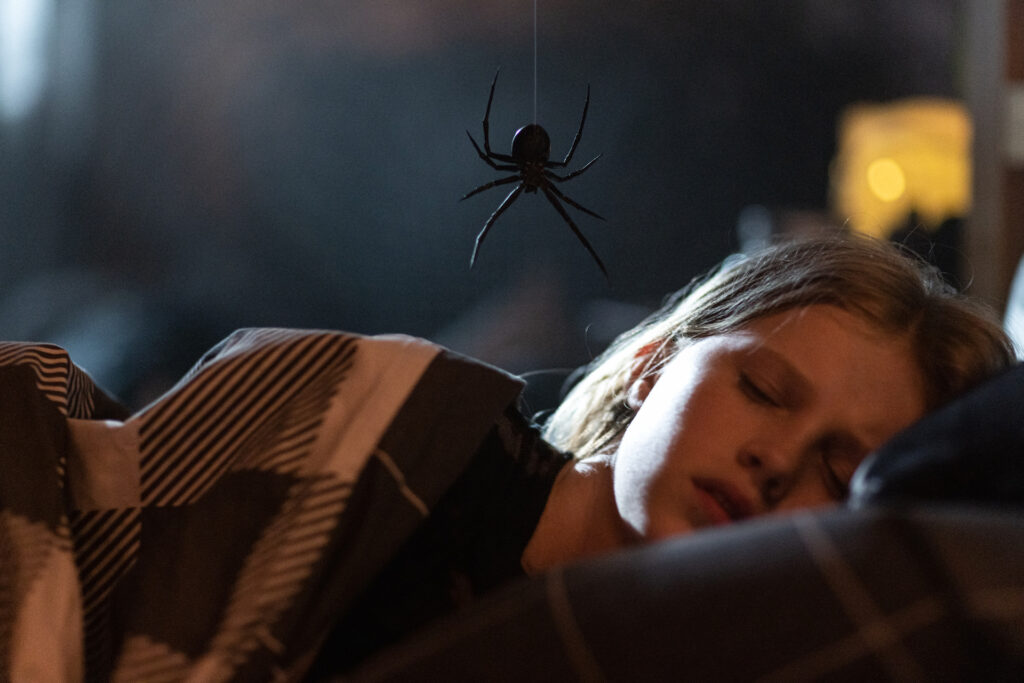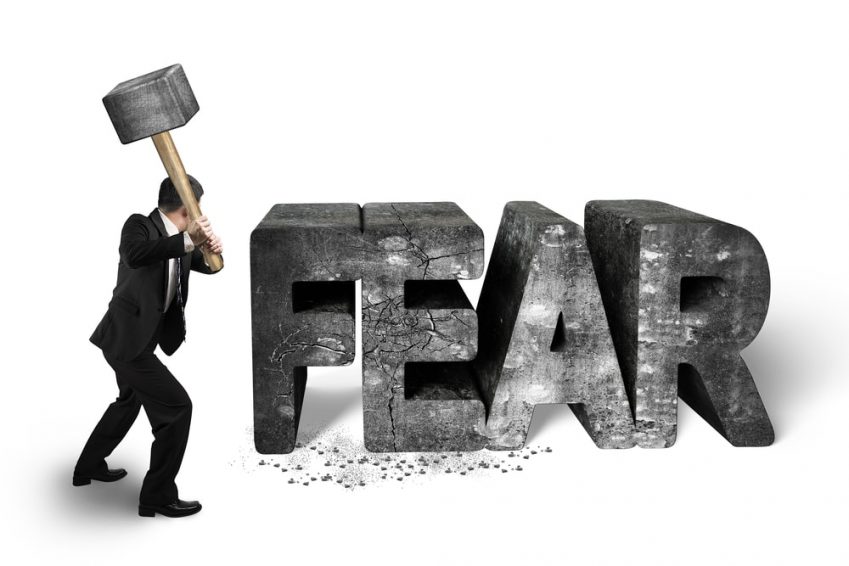Fear – that heart-pounding, spine-tingling sensation that often makes us feel like we’re being chased by monsters from our childhood nightmares. But are our fears really real, or are they just figments of our imagination? In this blog, we’ll embark on a journey through the fascinating world of fear, exploring the psychology behind it, its evolutionary origins, and the often humorous irrationality of our most common fears.
The Science Behind Fear

Fear is a fundamental and natural emotion, hardwired into our brains through millions of years of evolution. When we perceive a threat, our bodies respond with a cascade of physiological changes, collectively known as the “fight or flight” response. This response includes an adrenaline rush, increased heart rate, and heightened alertness – all designed to help us survive in the face of danger.
Fear serves as a survival mechanism, helping us avoid potentially life-threatening situations. But our brains often take this self-preservation instinct to the next level. That’s where the fun, and sometimes hilarity, begins.
The Brain’s Overactive Imagination
While fear was originally designed to protect us from tangible threats like predators or falling rocks, our modern brains have developed an overactive imagination. It’s like your brain decided to binge-watch a horror movie marathon and is now convinced that everyday objects and situations are out to get you.

Take, for example, the fear of spiders, known as arachnophobia. Sure, some spiders can be venomous, but most are harmless. Yet, we can’t help but jump on a chair and scream for help when we spot a tiny, eight-legged invader. Is the fear real, or is it just our imagination spinning wild tales of spider conspiracies?
Our brains are excellent storytellers, and they often create elaborate narratives around our fears, turning the ordinary into the extraordinary. Sometimes, it’s as if our fears have their own screenplay and special effects team.

The Laughter and Logic Behind Fear
To understand just how humorous our fears can be, let’s explore a few common phobias:
- Fear of Clowns (Coulrophobia): The clown, with its oversized shoes and painted-on smile, is often associated with joy and laughter. But for some, the clown becomes a terror-inducing creature. Are clowns really the stuff of nightmares, or are we just looking for any excuse to avoid those awkward balloon animals?
- Fear of Public Speaking (Glossophobia): Many people would rather face a pride of lions than a room full of people. The fear of public speaking can be so intense that it triggers physical symptoms like sweaty palms and shaky knees. But is the audience really a hungry pack of lions, or are they just regular humans who, despite their poker faces, might secretly be wondering where they left their car keys?
- Fear of the Dark (Nyctophobia): The dark – a natural occurrence that happens every night – sends shivers down the spines of many. But is there truly something lurking in the shadows, or is our brain just playing a cosmic game of hide-and-seek?
- Fear of the Unknown (Xenophobia): Fear of the unknown is a deeply rooted psychological response. But are people from different cultures and backgrounds really that different from us, or do we just fear the potential awkwardness of mispronouncing their names?
The Real Risks vs. the Imagined Ones
So, are our fears real? Well, there’s a fine line between genuine risks and the imagined ones. It’s essential to distinguish between the two. While some fears have a rational basis and can help keep us safe, many are products of our creative minds.
The real question is: can we laugh at our fears and recognize their absurdity? After all, isn’t it a bit comical to be terrified of something as harmless as a houseplant? And how about our knack for imagining the worst-case scenario in the most mundane situations?

The Evolutionary Hangover
To appreciate the humor in our fears, consider that our brains have inherited an “evolutionary hangover.” Our ancestors, who survived encounters with genuine threats, passed down their heightened sense of fear to us. However, the world has changed dramatically, and most of us are not wrestling with saber-toothed tigers on a daily basis.
With our overactive imaginations and propensity for irrational fears, it’s no wonder that the monsters under our beds have morphed into bills, deadlines, and endless to-do lists.
Conquering Fear with a Chuckle
One way to confront our fears is to embrace them with a touch of humor. After all, laughter is one of the best tools we have for dispelling the darkness of fear. By finding the humor in our fears, we can rob them of their power and gain some much-needed perspective.
So, the next time you feel your heart racing because you heard a strange noise in the middle of the night, pause for a moment and consider the absurdity of your fear. It could be a cosmic hiccup in your refrigerator or your pet hamster engaging in a late-night marathon on its hamster wheel.



